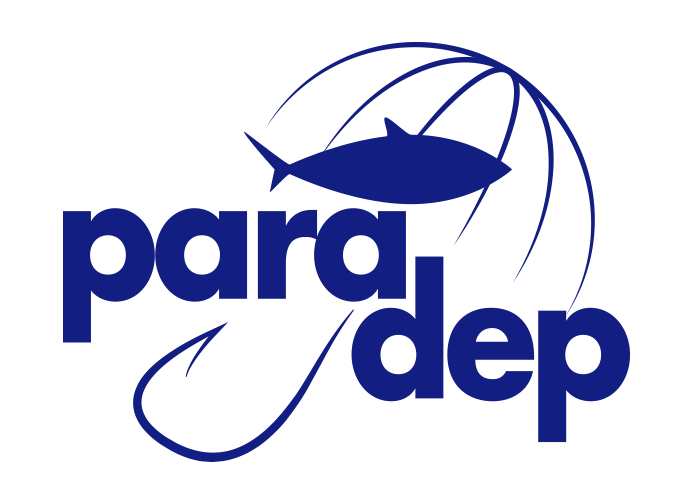Depredation by false killer whales (Pseudorca crassidens) and short-finned pilot whales (Globicephala macrorhynchus) in pelagic longlining is an issue leading to negative impactson the economics of the fishery and on odontocetes themselves.Weinvestigated the efficacy of a newdepredation mitigation device called “DEPRED” in the interaction between bottlenose dolphins (Tursiops aduncus), spinner dolphins (Stenella longirostris), and small pelagic fish (SPF) attached to branchlines to simulate caught fish. We suggest implications for DEPRED efficacy with larger toothed whales interacting with pelagic longline capture in the open ocean. The design of the device uses streamers to both deter cetaceans and protect fish from predation. In controlled experiments, we tested its efficacy by observing changes in the dolphin’s behaviour brought on by the presence or absence of the device on branchlines. First, dolphin–SPF interactions were observed at the small scale using video footage recorded with an underwater camcorder. Second, the efficacy of the devicewas quantified from interactions between dolphins and 80 branchlines deployed on a longline 500 m long baited with SPF. One half of the SPF on successive branchlines was protected by DEPRED and the other halfwas not. A total of 707 branchlines were set when dolphins interacted with SPF, and among them, 355were equipped with DEPRED. Encouraging results were obtained: over the short term, the number of damaged unprotected SPF was on average more than twice the number of protected ones. Nevertheless, habituation behaviourwas observed for a resident group ofT. aduncus in the experimental area. The relation between the deterrent effect of the device and constraints related to the design of such a device to be used at a commercial operational level are discussed.
Rabearisoa, N., Bach, P., Marsac, F., 2015. Assessing interactions between dolphins and small pelagic fish on branchline to design a depredation mitigation device in pelagic longline fisheries. ICES J. Mar. Sci. 72, 1682–1690. (pdf)


